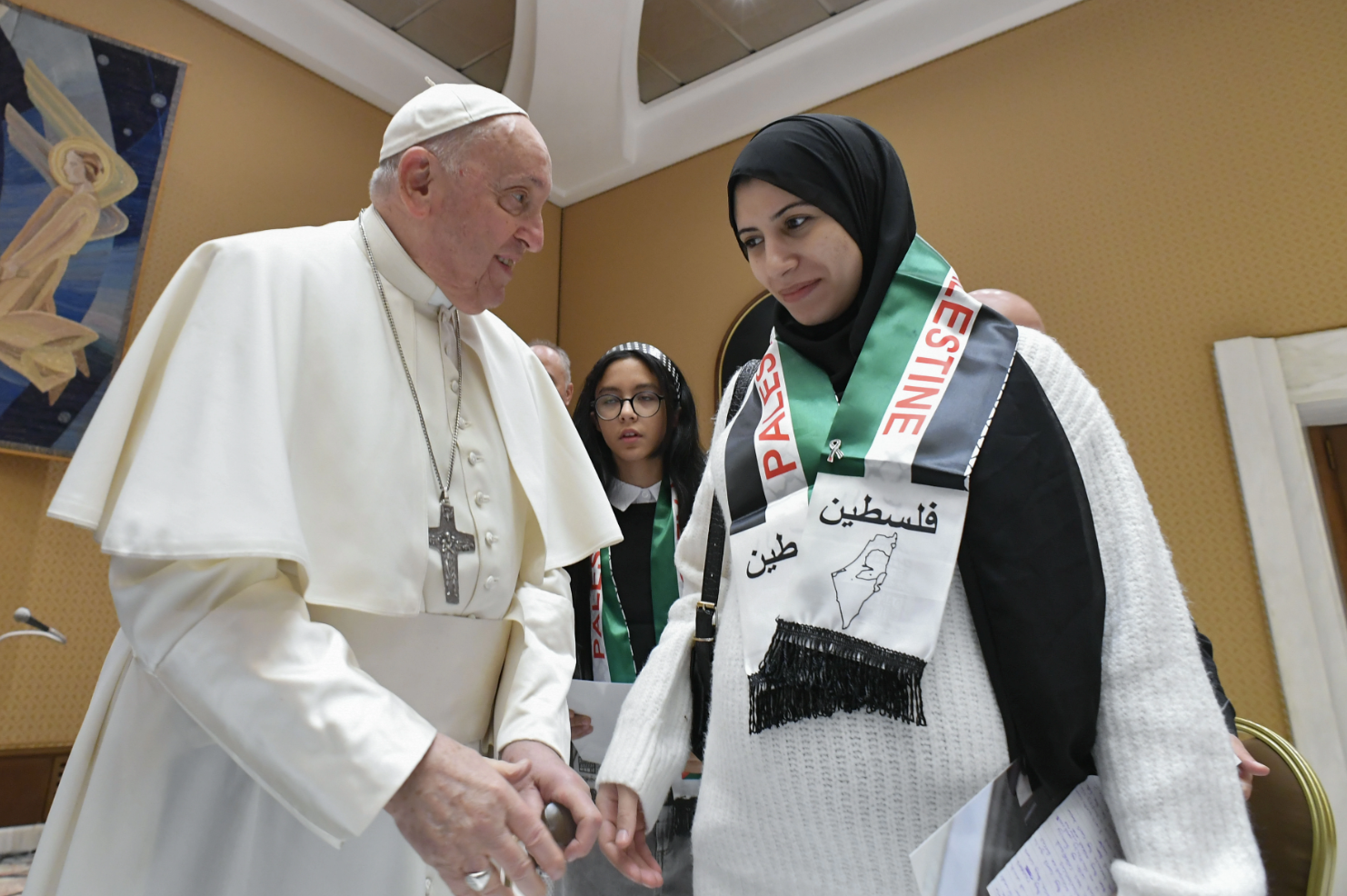Washington, DC — The man who dared to dress simply, live plainly, and speak truth to empires — Pope Francis — is gone. The Pope of the peripheries now lies in state.
Yet even in death, Francis bends the arc of history.
Memorial Masses echo across continents — each a soft, sorrowful hymn of farewell. In cathedral and chapel, in city and countryside, the faithful gather. Some in silence. Others in sobs.
Across the globe, flags fell to half-mast. In Washington, DC, government buildings stand still, marked by mourning. The United States joins a growing list of nations entering days of official bereavement, the diplomatic and the divine blending in shared grief.
At the Vatican, the Pope's final will was released. And true to the man, it was disarming in its simplicity.
He chose not the crypts beneath St. Peter’s. Not the majestic tombs of pontiffs past. But the earth of the Basilica of Santa Maria Maggiore — a sacred space not of might, but of Marian mercy.
"The tomb must be in the earth; simple, without particular decoration," he wrote. Just my name. Franciscus. Nothing more.
Sede Vacante, a seat left empty
The Catholic Church has now entered a time called Sede Vacante. The Chair of Peter is empty. The ring of the fisherman — a signet unique to every pope — is broken by the camerlengo. It marks the end of the Francis era.
And this ending is different.
Francis had already rewritten the rites for his own funeral — the first modern pope to do so. He removed layers of all grandeur, stripped away centuries of imperial habit. No elevated platform. No secretive viewing by cardinals and officials. No embalming. No spectacle.
His body will lie in state, humbly. A simple wooden coffin. No pomp. No grandeur. A rogito — a brief biography and testament to his service — will be read aloud, then sealed inside.
Gone too is the triple coffin tradition: cypress, lead, and elm. He asked for one. One box. One journey. One return to dust.
Funeral of the people's Pope
This funeral will not be about crowns and incense. It will be about humility.
Francis understood something essential: the truest authority is moral, not institutional. For twelve years, he led by example — living not in the Apostolic Palace, but in a modest guesthouse. Refusing golden robes, walking without guards, opening the gates of the Vatican to migrants and outcasts.
In his final will, he asked only for simplicity. A prayer, a wooden casket, and to be remembered as "a sinner redeemed." He never saw himself as a king. Just a man trying to follow the Nazarene.
And perhaps his clearest vision of death was captured not in marble, but in words. In the preface to a book by Cardinal Angelo Scola, he wrote: “death is not the end of everything, but the beginning of something.”
The conclave
When the funeral ends on Saturday, another tradition begins.
The cardinals, sworn to silence, enter the Sistine Chapel beneath the aching gaze of Michelangelo’s Last Judgment. They vote. Twice in the morning. Twice again in the afternoon. Paper slips. Folded. Marked. Burned.
Black smoke signals failure. White smoke — success.
And when that moment comes, the bells of St. Peter’s will ring. This is a millennium-old tradition. The world will look to a balcony.
A curtain will part.
And a cardinal will step forward and speak words unchanged for two thousand years:
Habemus Papam.
We have a pope.

The room of tears
But before the new pope appears, he will be led into a small room beside the Sistine Chapel — the sala delle lacrime.
There, the gravity will strike. It always does.
Because wearing white is not about robes. It’s about bearing the weight of humanity. The brokenness of the world. The pain. The politics. The scandals. The wars. And still, believing in mercy.
He will weep. Or sit in silence. Or pray. Then emerge, dressed in white.
The legacy Francis lives
Pope Francis was never a man of marble. He was flesh and blood. An Argentinian son of immigrants. A Jesuit who swept floors and rode buses. He refused titles. He met presidents and prisoners with the same warmth.
I saw him once — Abu Dhabi, 2019. The city was glinting with glass and ambition. And there he was, small in stature, plain in white, waving gently from a modest car. A stillness in motion. In a land of pomp, he brought pause.
As if to remind the perfumed crowd — and me — that power can kneel, and holiness can whisper. I remember thinking: this is what simplicity looks like when it walks and doesn't flinch.
At other times, he stood among Rohingya refugees in Bangladesh and uttered the forbidden word — "Rohingya" — that the powerful dared not say. He opened the Church to questions, to debates, to people long pushed out.
And he never looked away from Gaza. That narrow strip of sorrow. He carried its children in his prayers, mentioned them often. When bombs fell, he called for silence, not just of guns but of indifference.
Sometimes mocked by the far-right, often times misunderstood by the left, the Pope kept walking. Toward the margins. Always.
What comes next
The conclave will decide the future. Perhaps a continuation. Perhaps a reversal.
But Francis planted seeds. Seeds of simplicity. Seeds of love.
And long after the smoke clears, and a new name is spoken from that ancient Roman balcony, the world will remember him not as a reformer or a rebel, but as a witness.
A man who reminded us who he was — loudly, gently, stubbornly — a friend of the plight-stricken, poor, and the voiceless.
Of Palestinians, refugees, and those on the margins.



















